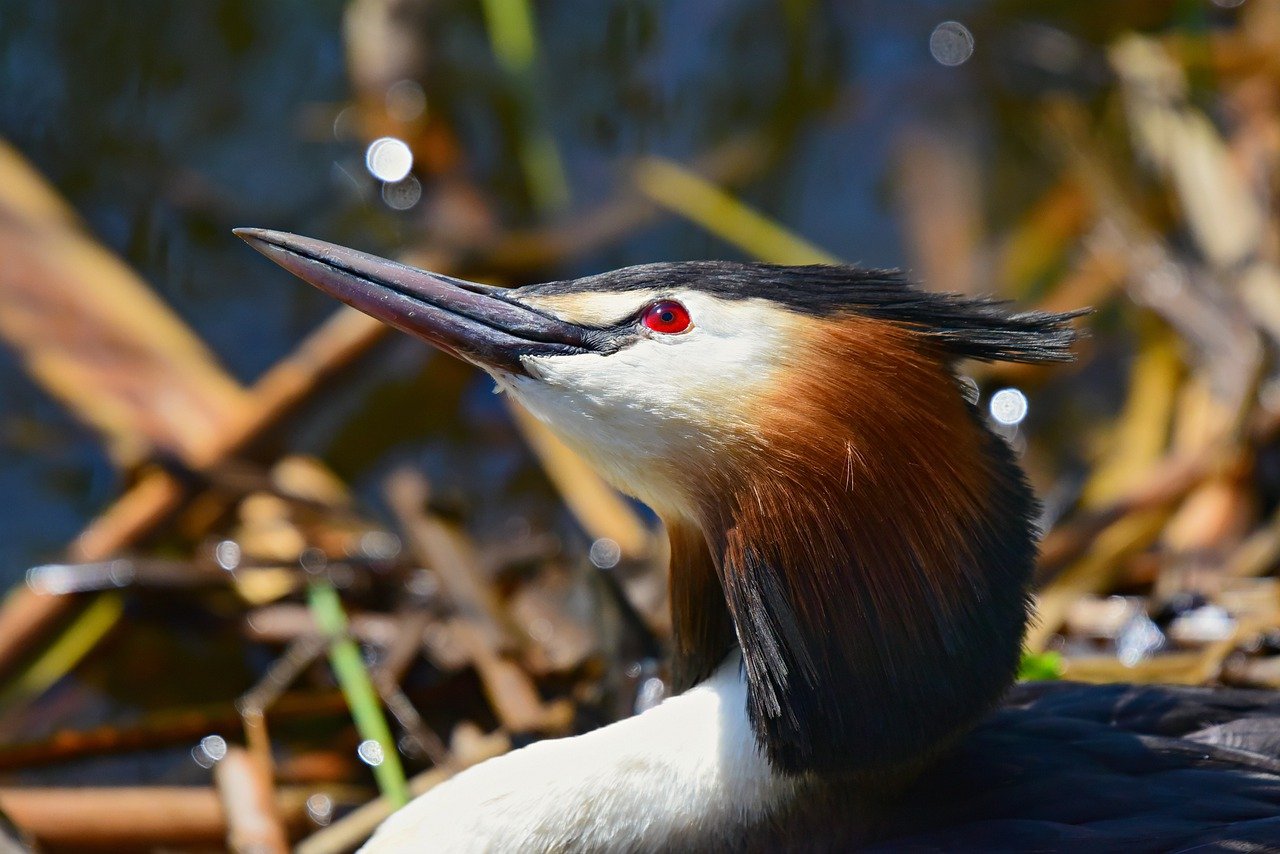Waterbird dynamics at the shallow Lake Krankesjön, southern Sweden: a long-term study
DOI:
https://doi.org/10.34080/os.v19.22653Keywords:
population studies, climate effects, habitat selectionAbstract
This paper reports the within-year and between-year variations in the number of waterbirds at Lake Krankesjön, southern Sweden based on counts carried out during 1985 to 2007. The background to these counts was a dramatic decrease in the number of Great Crested Grebe Podiceps cristatus, Mute Swan Cygnus olor and Common Coot Fulica atra from 1974 to 1976, concurrent with a deterioration of water transparency and a nearly total disappearance of submerged vegetation. In 1985, when the regular counts of waterbirds started, the lake had just begun to recover. Numbers of moulting and staging waterbirds increased rapidly as the conditions improved. Numbers of grebes, swans and coots over the two decades correlated with limnological variables, and it is concluded that their numbers depend on the amount of submerged vegetation, in turn determined by water transparency.
Downloads

Downloads
Published
How to Cite
Issue
Section
License
The copyright of each contribution belongs to the author(s), but all contributions are published under a Creative Commons license, so that anyone is free to share and reuse the contribution as long as the copyright holder is attributed.







